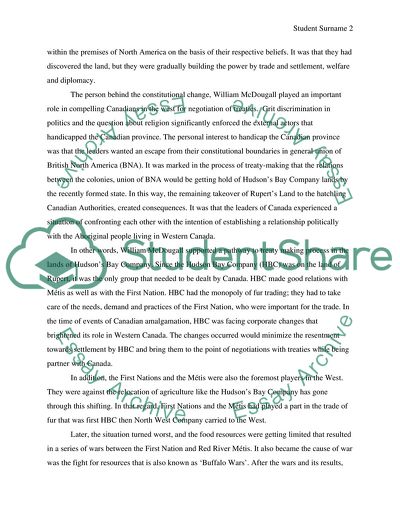Cite this document
(How Aboriginal People Approached the Crowns Assignment Example | Topics and Well Written Essays - 2000 words, n.d.)
How Aboriginal People Approached the Crowns Assignment Example | Topics and Well Written Essays - 2000 words. https://studentshare.org/history/1863298-treaty
How Aboriginal People Approached the Crowns Assignment Example | Topics and Well Written Essays - 2000 words. https://studentshare.org/history/1863298-treaty
(How Aboriginal People Approached the Crowns Assignment Example | Topics and Well Written Essays - 2000 Words)
How Aboriginal People Approached the Crowns Assignment Example | Topics and Well Written Essays - 2000 Words. https://studentshare.org/history/1863298-treaty.
How Aboriginal People Approached the Crowns Assignment Example | Topics and Well Written Essays - 2000 Words. https://studentshare.org/history/1863298-treaty.
“How Aboriginal People Approached the Crowns Assignment Example | Topics and Well Written Essays - 2000 Words”. https://studentshare.org/history/1863298-treaty.


